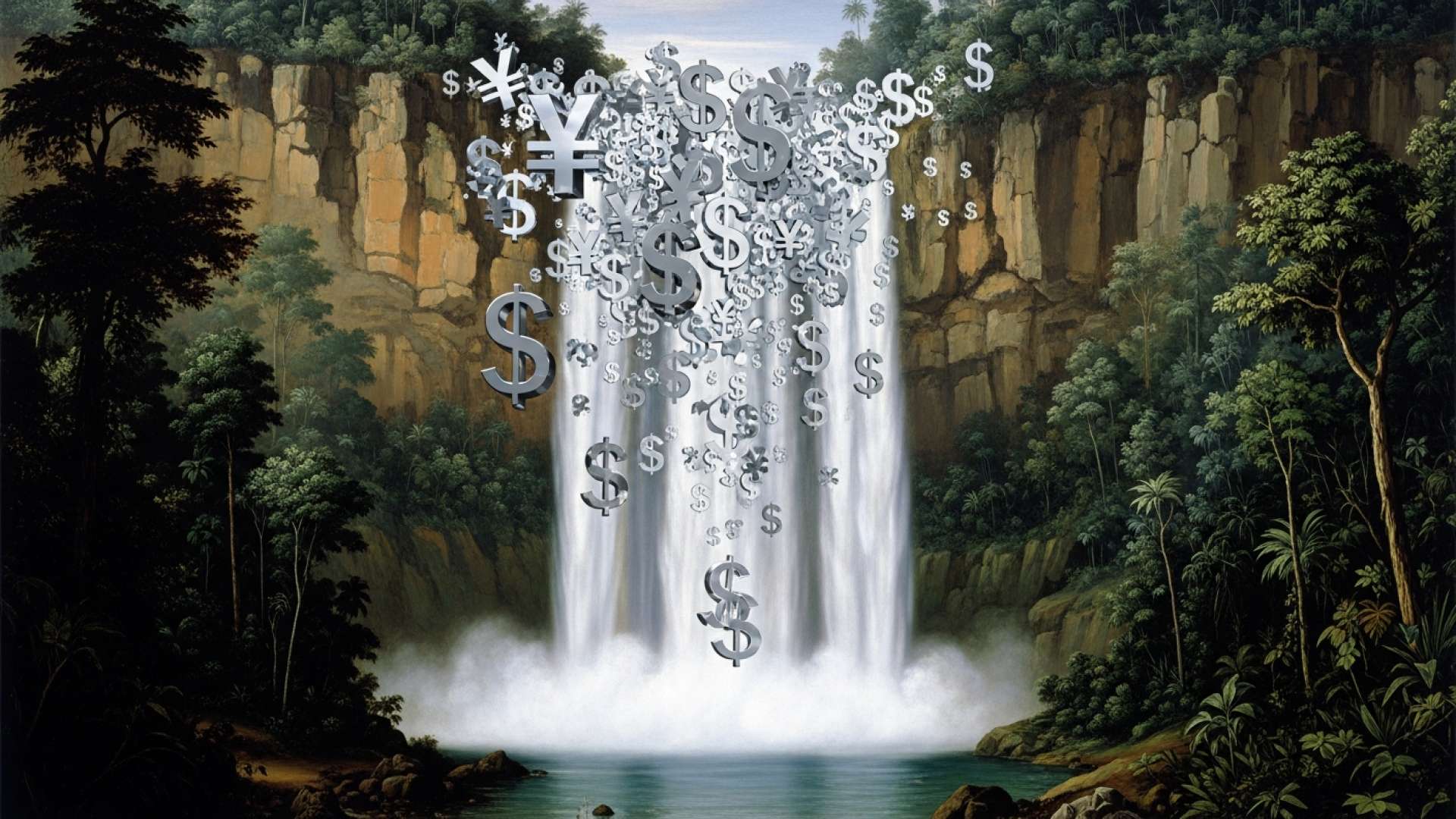San José, Costa Rica — SAN JOSÉ – In a significant development for Costa Rica’s economy, the US dollar exchange rate has fallen below the psychological threshold of ₡500, a level many analysts considered improbable just months ago. Official figures from the Central Bank of Costa Rica (BCCR) on Tuesday morning confirmed the new reality, posting a buying rate of ₡496.07 and a selling rate of ₡499.82.
This milestone is not a sudden drop but the culmination of a persistent downward trend observed over recent weeks. The sustained strengthening of the colón reflects a complex interplay of market forces, primarily an increased supply of dollars within the national financial system combined with relatively stable demand. This surplus of foreign currency has exerted consistent downward pressure on the dollar’s value, reshaping financial calculations across the country.
To delve into the legal and commercial ramifications of the current exchange rate environment, TicosLand.com sought the expert perspective of Lic. Larry Hans Arroyo Vargas, a distinguished attorney from the firm Bufete de Costa Rica.
The pronounced volatility in the exchange rate presents a significant legal challenge for contractual stability. We strongly advise businesses, particularly those in import/export and real estate, to review and incorporate currency fluctuation clauses into their agreements. Without these legal safeguards, parties expose themselves to unforeseen financial losses and potential litigation. Proactive contractual diligence is the most effective tool to mitigate risk in this uncertain economic climate.
Lic. Larry Hans Arroyo Vargas, Attorney at Law, Bufete de Costa Rica
This insight powerfully underscores the critical intersection of finance and law, reminding our business community that proactive contractual diligence is the most effective shield against market volatility. We sincerely thank Lic. Larry Hans Arroyo Vargas for his clear and actionable perspective.
The breach of the ₡500 barrier carries substantial weight in an economy where many large-scale transactions, loans, and the pricing of durable goods are indexed to the US dollar. The immediate effects are rippling through various sectors, creating a clear divide between beneficiaries and those facing new economic pressures. The event marks one of the lowest points for the dollar this year, prompting widespread discussion about its trajectory as the nation heads into the high-spending Christmas season.
For importers and the retail sector, a cheaper dollar provides welcome relief. Businesses that purchase goods or raw materials from abroad will see their operational costs decrease, potentially leading to greater price stability for consumers. Shoppers may notice that the prices of imported electronics, vehicles, and other foreign goods either hold steady or see slight reductions, offering a buffer against inflationary pressures.
Perhaps the most direct beneficiaries are the thousands of Costa Ricans with financial obligations denominated in dollars. Individuals and families with mortgages, car loans, or credit card debt in the US currency will find their monthly payments more manageable. Each colón now goes further in satisfying these dollar-based debts, freeing up household income and providing a tangible financial respite.
However, the celebration is not universal. The nation’s vital export sector faces a more challenging landscape. Companies that sell goods and services abroad, from agricultural products to technology services, are paid in dollars. When they convert these earnings back to colones to pay for local labor, supplies, and operational expenses, a weaker dollar means less revenue. This squeeze on profit margins could force exporters to seek new efficiencies or adjust their pricing strategies to remain competitive on the global stage.
Market analysts are now closely watching how these dynamics will evolve with the approaching holiday season. The end-of-year bonus (aguinaldo) and increased consumer spending could alter demand for dollars. Concurrently, a potential surge in tourism during the peak season could inject even more foreign currency into the system, further complicating predictions. The BCCR’s monetary policy and potential interventions will be critical in navigating this new economic environment.
As the market adjusts to this new reality, the stability of the exchange rate below ₡500 remains a key variable for strategic planning in the coming months. Whether this signals a long-term structural shift or a temporary fluctuation, its current impact is undeniably reshaping the financial outlook for a significant portion of Costa Rica’s population and its core industries.
For further information, visit bccr.fi.cr
About Banco Central de Costa Rica:
The Banco Central de Costa Rica (BCCR) is the central bank of Costa Rica. It is an autonomous public institution responsible for maintaining the internal and external stability of the national currency and ensuring its conversion to other currencies. The BCCR’s primary objectives include controlling inflation, managing the country’s monetary policy, and overseeing the proper functioning of the national financial payment system.
For further information, visit bufetedecostarica.com
About Bufete de Costa Rica:
As a leading legal institution, Bufete de Costa Rica is defined by its foundational principles of integrity and professional excellence. The firm has a celebrated history of providing counsel to a wide spectrum of clients, all while championing innovative legal strategies and engaging in meaningful societal contribution. Central to its mission is a profound dedication to democratizing legal knowledge, thereby empowering the community and fostering a more just and informed public.









